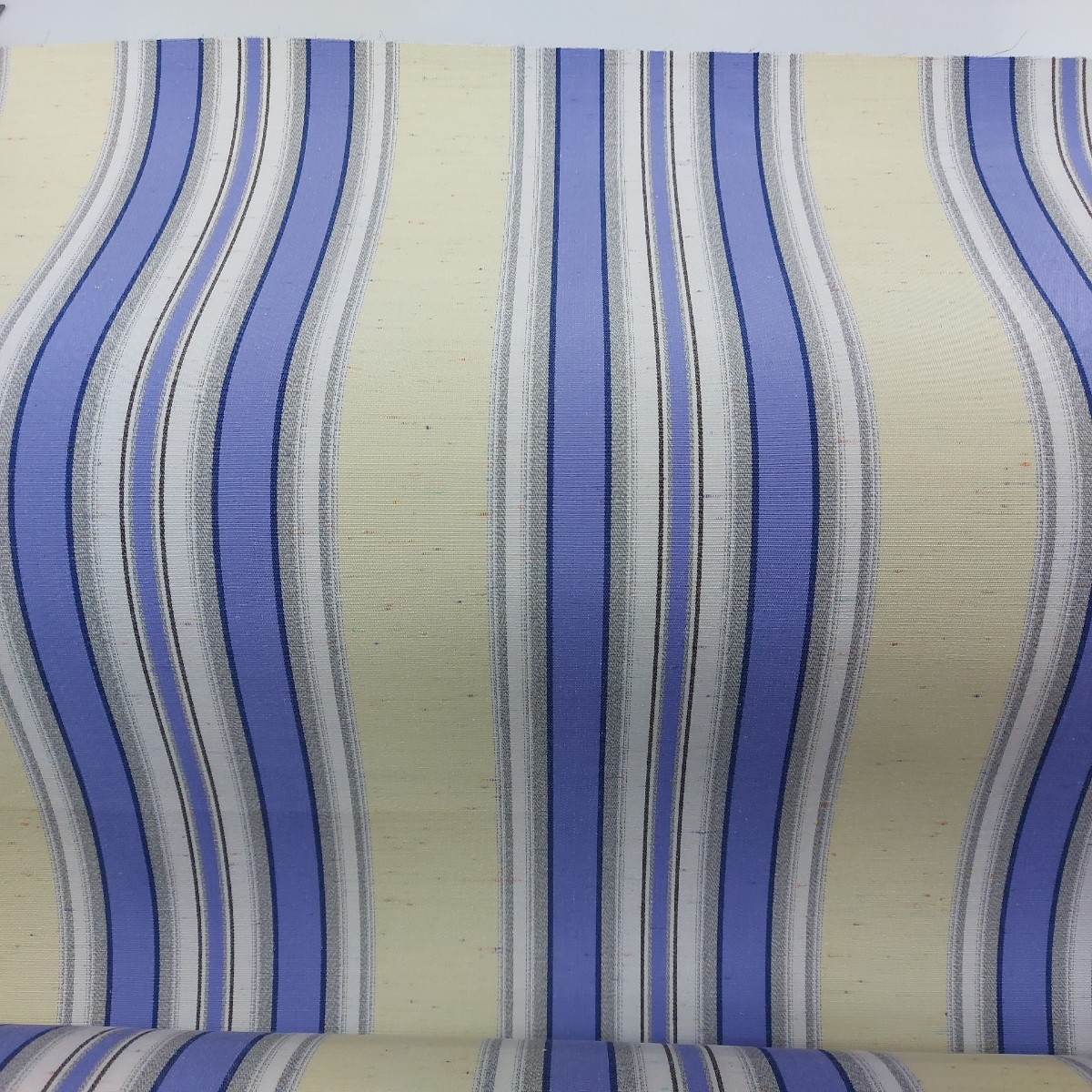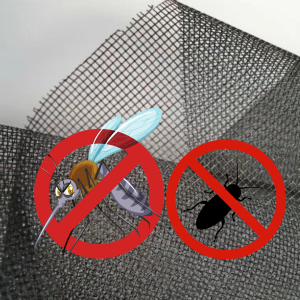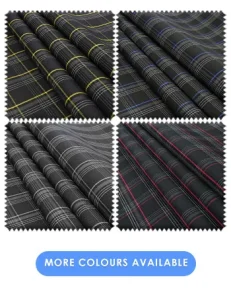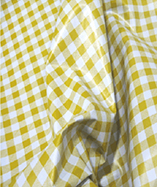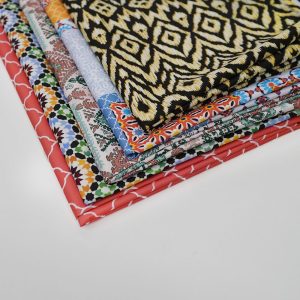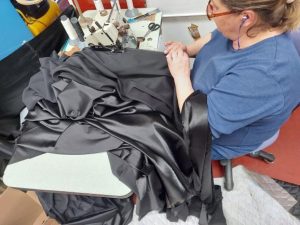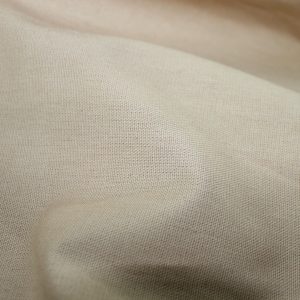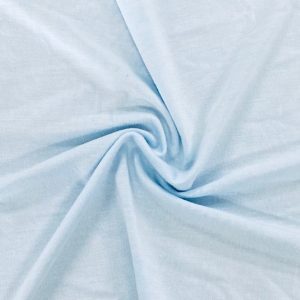Sewing The Zigzag Stitch
Why Zigzag
A zigzag stitch isn’t all that complicated, especially once you have gotten to grips with your machine a little bit. However, it is a much sturdier stitch than the basic straight line, meaning that anything you sew using it will hold together much more effectively and is less prone to stitches come loose or tears.
Getting Started
You get started in much the same way as you did for the straight stitch. Thread your bobbin and the machine before looking for the way to change to a zigzag stitch. This is usually located on a dial or a button depending on the type of machine you have. If you have a machine that doesn’t indicate the zigzag via an image, you may need to refer to your manual to find out how to set it.
The width and length of the stitch will be set to an average number, which is perfect for this little tutorial. As you get a little bit more comfortable you will find that you can alter them both depending on your needs, but leave it as it is for now.
The Stitch
Now you should be about ready to start sewing the zigzag. Luckily, you’re going to be following many of the same steps that you did with a straight stitch.
Start off by double checking the machine to make sure everything is set correctly and then low your foot onto the presser and lower the needle into the fabric. You will want to sew forward for about an inch before reversing the stitch and going back over that inch. That strengthens the edge of the seam, as we learned with straight stitches.
Start sewing forward again to complete the knot in your thread and simply continue sewing. Remember the tips we spoke about using to make sure you stay in a straight line and use them if you are struggling a little bit. Finish up by reversing over the last inch of your zigzag before going back over it and you have successfully completed the stitch.
Anything Else
Check the stitch to see if you have managed to stay in a straight line throughout. This can be a little more difficult with a zigzag as you are matching up points, rather than the entire stitch, in an effort to stay straight. As always, practice makes perfect.
You will also need to be a little careful with lighter fabrics, as zigzag stitches can cause them to bunch up underneath. If you’re finding that is the case, look or the version of the stitch that is dotted. This created a zigzag that has three stitches instead of two, getting rid of the bunching issue in the process.
Fabric UK is your destination for all types of fabric. Whether you’re searching for fabric samples or purchasing by the meter, we make it easy to find exactly what you need.
You can order: Samples, Wholesale, Fabric by the meter
Fill Form for Free fabric samplesSimply visit our website at fabricuk.com or call us directly at 0121 359 2349 for any questions or inquiries.
Visit Our Fabric Showroom
Feel free to visit our fabric showroom anytime – no appointment is necessary!
KBT LTD, Carlton Business Centre, 132 Saltley Road, Birmingham, B7 4TH, United Kingdom
Email Us:
You can reach us at: info@fabricuk.com
Showroom Hours:
- Monday – Friday: 9:30 am – 6:00 pm
- Saturday: 10:00 am – 5:00 pm


